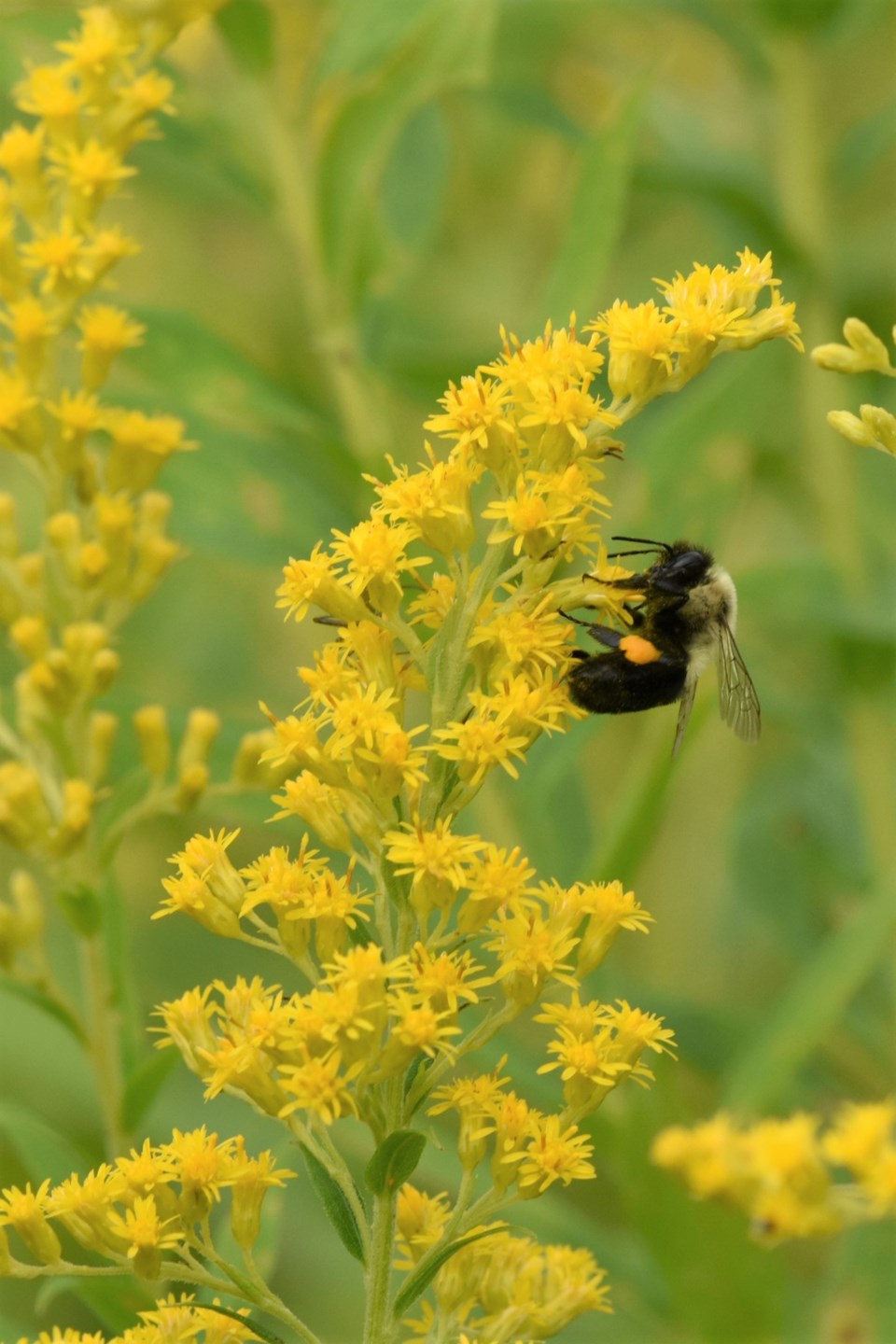Here’s a little word-association game that many parents are doing this year: September. School. Homeschooling. Fear.
Yep, it’s a brave new world for many, and the personal expectations to become a flawless teacher as well as maintain that role of being the perfect parent are on most everyone’s mind. My three cents’ worth of advice to you is to “stay calm and carry on.” (Note that I had to give you three cents’ worth since we no longer have cents and must round up or down to the nickel, so the old ‘two cents’ worth of advice’ would round down to zero and I like to think my advice is worth more than that.)
Homeschooling is just a fancy word that allows you, a parent, to have some fun with your kids. First step is to realize nobody’s watching. In Ontario you do not have to submit your child to rigorous testing until they want to get their secondary school graduation equivalent (needed for college admission). There is no truant officer, nobody will knock on your door and demand your children register with an institution. So here is your opportunity to get back to basics, have some fun, explore, learn, grow, enjoy life.
Wow, does that sound easy or what? I know. Who am I kidding?
So, deep breath. Here we go. Outdoor education has always been with us albeit under different names: nature study, arts and crafts, sports, geography, science, biology, arithmetic, music. You probably see where I’m going with this. All the usual educational subjects are based upon and found within our natural world. And our ‘natural world’ includes your backyard, a walk around the block, the local park, a nearby woodlot and/or a special nature reserve.
Within my library of books is a treasured volume titled Nature Studies for Teachers that was published in 1920. Despite a century of enlightenment and discovery, the same concepts found within this tome can be and should be applied today. Get outside, observe, record, research, engage, learn.
Simple observation can grow into something greater: How many different leaf patterns can be found in the trees of your neighbourhood? Do not worry about identification! That’s not necessary yet. For now, is the leaf shape round or long? Is it tough or fragile? Is it simple or compound? Is the leaf edge smooth or jagged? Are all the trees the same or are some different? Do they turn the same colour?
Leaf collecting is simple and easy. Try leaf rubbing (thin paper on top of leaf and rub surface of paper with a soft crayon or pencil to create an impression of the leaf). These rubbings can become an art challenge. Try different sizes and textures of leaves to capture a variety of shapes. Make an arrangement. Make a Thanksgiving card for the grandparents. Look for a new leaf shape on the next outing.
Collect acorns. Use the acorn caps for craft projects. But when you do so, look closely at the inside of the cap. Be amazed at the pattern and colour presented there. Research coil patterning in nature. Learn how to make a whistle by holding the cap in a certain way and blowing hard.
Take a slow walk through a patch of goldenrod. Look closely for insects and you will see lots of bees and wasps gathering pollen. You can get amazingly close to these feeding bees as they are not protecting the home nest and do not have the need to sting you in defence. Look at the pollen ‘baskets’ on their legs. What is that yellow stuff stuck on their bodies? (Hint: It’s pollen.) What is cross-pollination to a flower? How does male pollen get carried to the female flower parts? Why do some plants have wind as their ally while others need insects? Later the kids can do some Google searches to learn the difference between nectar and pollen.
As to identifying or naming all the parts of nature, ease up on that. Yes, it is great to know the names, history and uses of all things natural, but for now just realize that there are a whole lot of “different things” that make up the web of life. What is the web of life? What is a food chain? What is the pyramid of energy transfer? Step by step, people, step by step.
September and October are when most of the local mushrooms appear, and they are an incredible example of diversity of shape, colour and preferred habitat. One of my early experiences with homeschooling my grandson was when we went on a mushroom ‘hunt.’ Rather than trying to look up their names in a field guide that had an overwhelming number of photos and descriptions, we made up our own names. Brown marshmallow, tall slimy orange-top, two-tone brown cap, and white wigglies are names you will never find in a book of fungi but will be forever ingrained in our memories.
The secret to homeschooling is to stay calm and be open to every opportunity to share and learn together. Making cookies or muffins? Learn about math, science, experimenting, sharing. Doing a bit of gardening? Learn about bugs, soil types, the importance of sunlight and water to plant growth.
Full-on homeschooling is not for every family; we can all admit to that. Social and work pressures are necessary forces to deal with, and trying to include the kids every step of the way, all day long, is an impossible goal. So relax a bit, let them poke around a few websites while you take a break. That’s OK. It really is. And at the supper table, have them tell you about the difference between pollen and nectar.
When you are ready to learn, to observe, to be amazed and at the same time be challenged at all that you don’t know, take a walk outside. Nature is waiting for you. It’s going to be OK. You can do this — with the kids.



